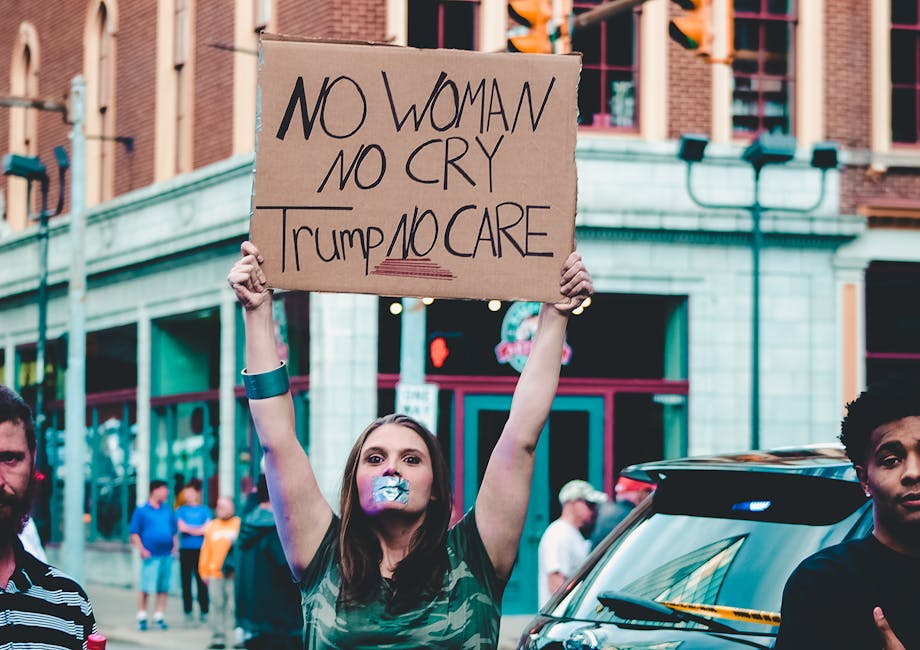**
In the ever-evolving tapestry of Indian cinema, few stars have shone as brightly or as enduringly as Dharmendra. The legendary actor, often hailed as the “He-Man” of Bollywood, has left an indelible mark on the industry, not just through his films but through the sheer force of his persona. As the curtains fall on his active acting career, it’s time to reflect on the legacy of a man who was more than just an actor—he was an emotion, a symbol of rugged charm, and a testament to the golden era of Hindi cinema.
The Rise of a Star: Dharmendra’s Humble Beginnings
Born Dharam Singh Deol in 1935 in Punjab, Dharmendra’s journey to stardom was anything but easy. Arriving in Mumbai with little more than dreams and determination, he won Filmfare magazine’s talent contest in 1960, catapulting him into Bollywood. His debut in Dil Bhi Tera Hum Bhi Tere (1960) was modest, but his magnetic screen presence soon made him a household name. Films like Phool Aur Patthar (1966) and Satyakam (1969) showcased his versatility, proving he was more than just a handsome face.
The Quintessential Bollywood Action Hero
The 1970s and 80s saw Dharmendra redefine the Bollywood action hero. With his towering physique, intense gaze, and unmatched swagger, he became the industry’s go-to star for raw masculinity. Movies like Sholay (1975), where he played the iconic Veeru, and Dharam Veer (1977) cemented his status as the original “action king.” His famous Sholay dialogue, “Tumhara naam kya hai, Basanti?”, remains etched in cinematic history.
Beyond Action: Dharmendra’s Untapped Versatility
While celebrated for his action roles, Dharmendra’s filmography reveals his underrated range. In Chupke Chupke (1975), he displayed impeccable comic timing, while Anupama (1966) showcased his poetic vulnerability. Collaborations with directors like Bimal Roy and Gulzar highlighted his depth—often overshadowed by his larger-than-life persona.
The Man Behind the Stardom: Humility & Heart
Dharmendra’s appeal extended beyond the screen. His off-screen humility, love for poetry, and grounded nature endeared him to fans. His famous Sholay line, “Main toh dabbey khaye ja raha hoon,” ironically mirrored his real-life simplicity—a superstar who never lost touch with his roots.
Dharmendra’s Legacy: The Next Generation
Today, his legacy lives on through sons Sunny and Bobby Deol, who’ve carved their own paths in Bollywood. Yet, the original “He-Man” remains irreplaceable. In an era of fleeting fame, his six-decade career stands as a testament to enduring stardom.
The Light Remains: A Timeless Icon
Though the reel has ended, Dharmendra’s influence endures. His films are timeless, his dialogues unforgettable, and his charm unmatched. As we celebrate him, we honor not just an actor, but an era that shaped Bollywood.
As his Sholay character once said, “Yeh haath humko de de, Thakur!”—Dharmendra gave us his heart, his art, and memories that will last forever.
—By [Your Name], NextMinuteNews
**




